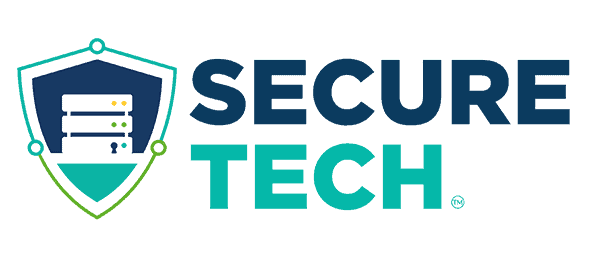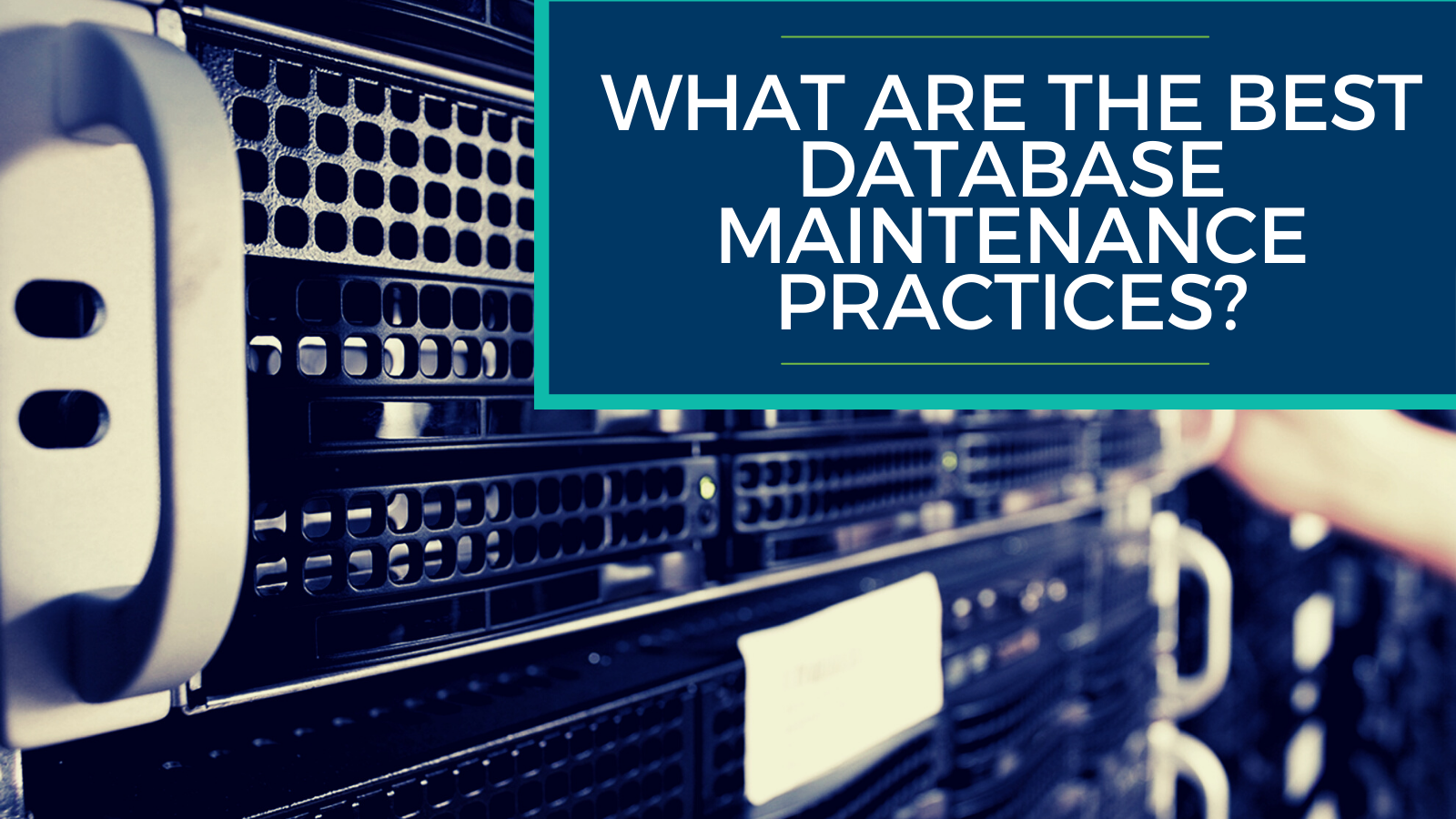Databases are a key tool for businesses. You can get the most out of these tools with the right database maintenance best practices in place.
Successful businesses have turned these database maintenance best practices into a process. Read on to learn more about the top strategies to use for building better databases.
Database maintenance best practices
Database maintenance describes different activities that improve how a database works. Good maintenance can also prevent problems.
Defragmentation
If you have an SQL database, you use indexes. The system often stores indexes wherever there is room. As a result, indexes can include many fragments from different places. You can address this issue by defragmenting indexes. You will then have to rebuild them.
The same thing is true of data. Your system will sometimes save data in different places. As a result, performance can be slow. To improve performance, you need to use a data compaction tool to group data.
Integrity and purging
Most databases have corrupt objects and other problems. For that reason, checking integrity often is important.
You might also want to purge old data. Purging can help reduce the size of your database. It can help with compliance. For instance, you can delete data from users if you no longer have their permission to keep it.
Backups
Another important aspect of database maintenance is backing up your data. You need a data backup and disaster recovery plan for your unique needs and goals. This is a topic we have covered in detail, and we encourage you to learn more about it.
Database management strategies
Management strategies are related to your database maintenance best practices. However, the focus is on making sure your databases will keep meeting your goals.
These strategies will help you build a better database:
- Protect data quality. You need a set of rules to protect the quality of your data. Steps for checking data integrity are a plus.
- Use permissions for users. Review these permissions often to keep your data safe.
- Review data visibility. Visibility can be a challenge. Tackle it by taking a survey of available data. You should also have descriptions of your data.
- Ensure compliance. You’ll need to track what data users access and change. You might also want to lock some records.
- Plan for the future. Your database will grow and probably need more storage.
Policy management and control
It’s easier to follow database management best practices if you have a good documentation strategy.
Using a central repository with search tools can make these documents easier to find. Besides, you should look for collaboration features since users need to work together to review these documents and make changes. In addition, you need to track changes and manage feedback.
Protecting these documents is also important. For example, safe logins and permissions are great for security.
You might also need a way of collecting signatures from employees. It’s a good way to make sure everyone knows about your policies.
Why partner with an MSP?
A managed service provider (MSP) can review your current databases. They will look for issues and help you plan for the future.
In short, an MSP can create a plan to maintain and manage your databases. They can also help with policy management. Plus, they can help with seamless transitions if you’re making changes to your system.
SecureTech is a San Antonio-based MSP. If you need help with your databases, we can perform a tech review. We’ll then work together to create a plan and find the most relevant best practices to help you get more out of your databases. Contact us today to learn more!

